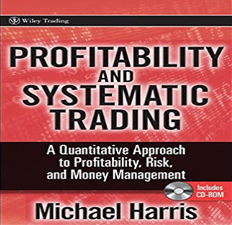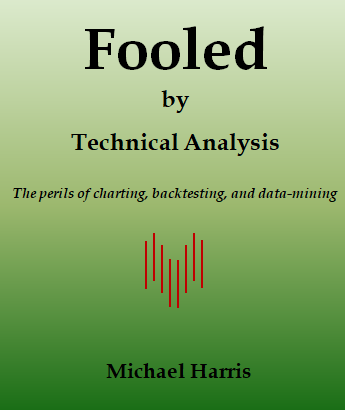The long-term performance of highly leveraged ETN products depends on the duration and depth of the drawdowns of the underlying instrument. Depending on the volatility of the underlying, these products may not deliver the leveraged performance for holding periods longer than a day.
As an example, we consider the MAX™ S&P 500 4X Leveraged ETN (SPYU). This ETN aims to deliver 4X the daily return of the S&P 500 index total return (SPY ETF), minus the applicable costs.
Since January 2, 2024, the return of the SPYU ETN is 30.6%, as compared to a return of 21.5% for the SPY ETF. Therefore, the performance of the SPYU ETN is not 4X the performance of the SPY ETF but actually far from it, as expected.
There is a widespread misconception that leveraged ETNs, by nX, will deliver n times the performance of the underlying. Most traders, particularly those with quantitative backgrounds, understand that “volatility drag” will prevent this from happening. As marked on the chart above, volatility drag impacts performance primarily during drawdown periods. Larger drawdowns with long duration contribute to higher volatility drag.
When the SPY ETF is rising, the SPYU ETN is also rising nearly proportionally by design, and as the duration of the trend increases, the performance multiplier tends toward the target of 4 but may not reach it. As soon as a drawdown occurs, the performance crashes due to leverage. Due to the volatility drag, it takes a while for the performance of the leveraged ETF to catch up. For example, due to a 4-month uptrend from August to November 2004, the performance of the SPY ETF for the year rose to 28.8%, and that of the SPYU ETN climbed to 88.8%, which amounts to a multiplier of 3.1. By mid-March 2025, the relative performance of the SPY ETF since 2024 became about the same, around 15%, as it started to drop.
As of the close of March 26, 2025, the year-to-date performance of the SPY ETF is -2.7%, but that of the SPYU ETN is -19.1%! This disparity is not a shock if someone visits the website of the MAX™ S&P 500 4X Leveraged ETN issuer.
The return on the MAXTM SPX 500® 4X Leveraged ETNs is linked to a four times leveraged participation in the daily performance of the S&P 500® Total Return Index, minus the applicable fees and charges. The ETNs are not “buy and hold” investments and should not be expected to provide a four times leveraged return of the underlying index’s cumulative return for periods greater than a day. Source: www.maxetns.com
What happens in reality is that many traders and investors use leveraged ETNs before reading the information provided by the issuer. In an environment of increasing sophistication, using financial products without understanding the details could lead to costly mistakes.
Subscribe below for notifications of new posts and updates from the Price Action Lab Blog and get the free PDF book “Profitability and Systematic Trading” (Wiley, 2008).
Premium Content
By subscribing, you have immediate access to hundreds of articles. Premium Articles subscribers have immediate access to more than two hundred articles, and All in One subscribers have access to all premium articles, books, premium insights, and market signal content.
Specific disclaimer: This article includes charts that may reference price levels. If market conditions change the price levels or any analysis based on them, we may not update the charts. All charts in this article are for informational purposes only. See the disclaimer for more information.
Disclaimer: We only provide the articles for informational purposes, not as investment advice or actionable content. We do not warrant the accuracy, completeness, fitness, or timeliness for any particular purposes of the articles. You should never treat the articles as financial advice. The author of this website is not a registered financial adviser. Before subscribing, please read our Disclaimer and Terms and Conditions.
Charting and backtesting program: Amibroker. Data provider: Norgate Data
If you found this article interesting, you may follow this blog via RSS, email, or Twitter.








